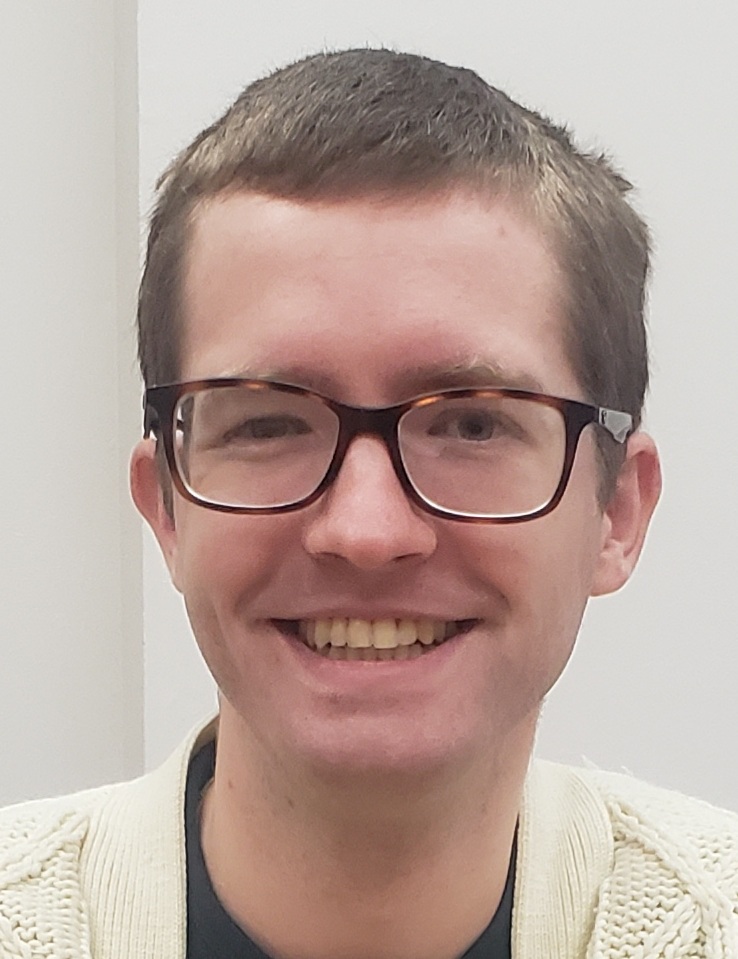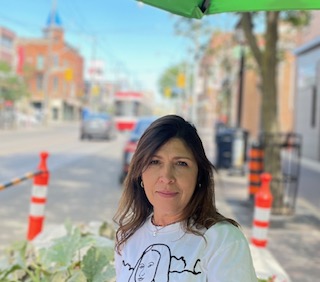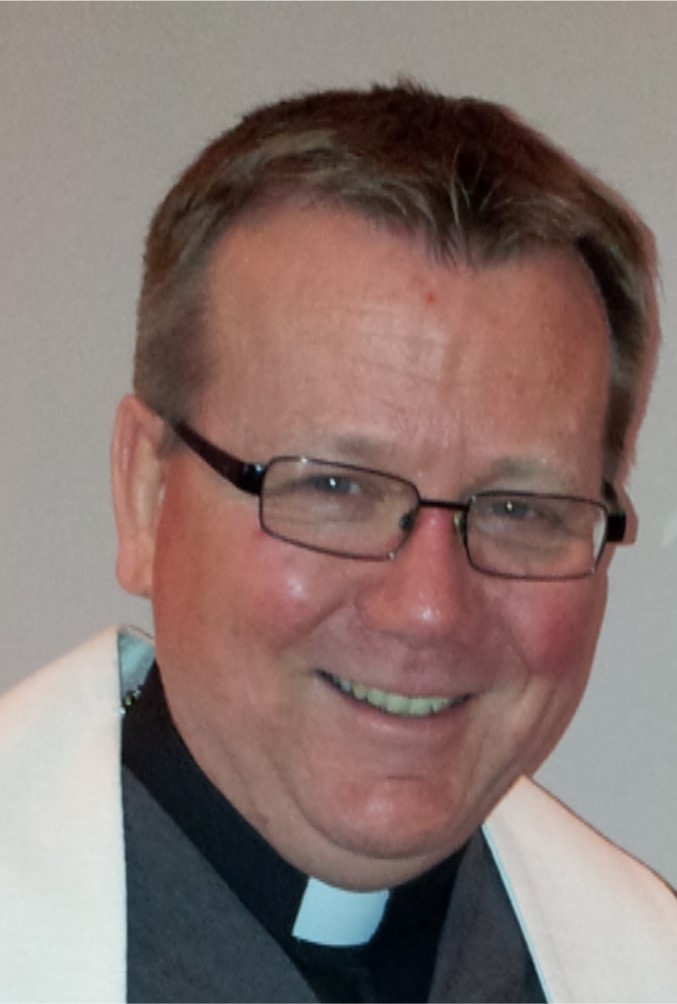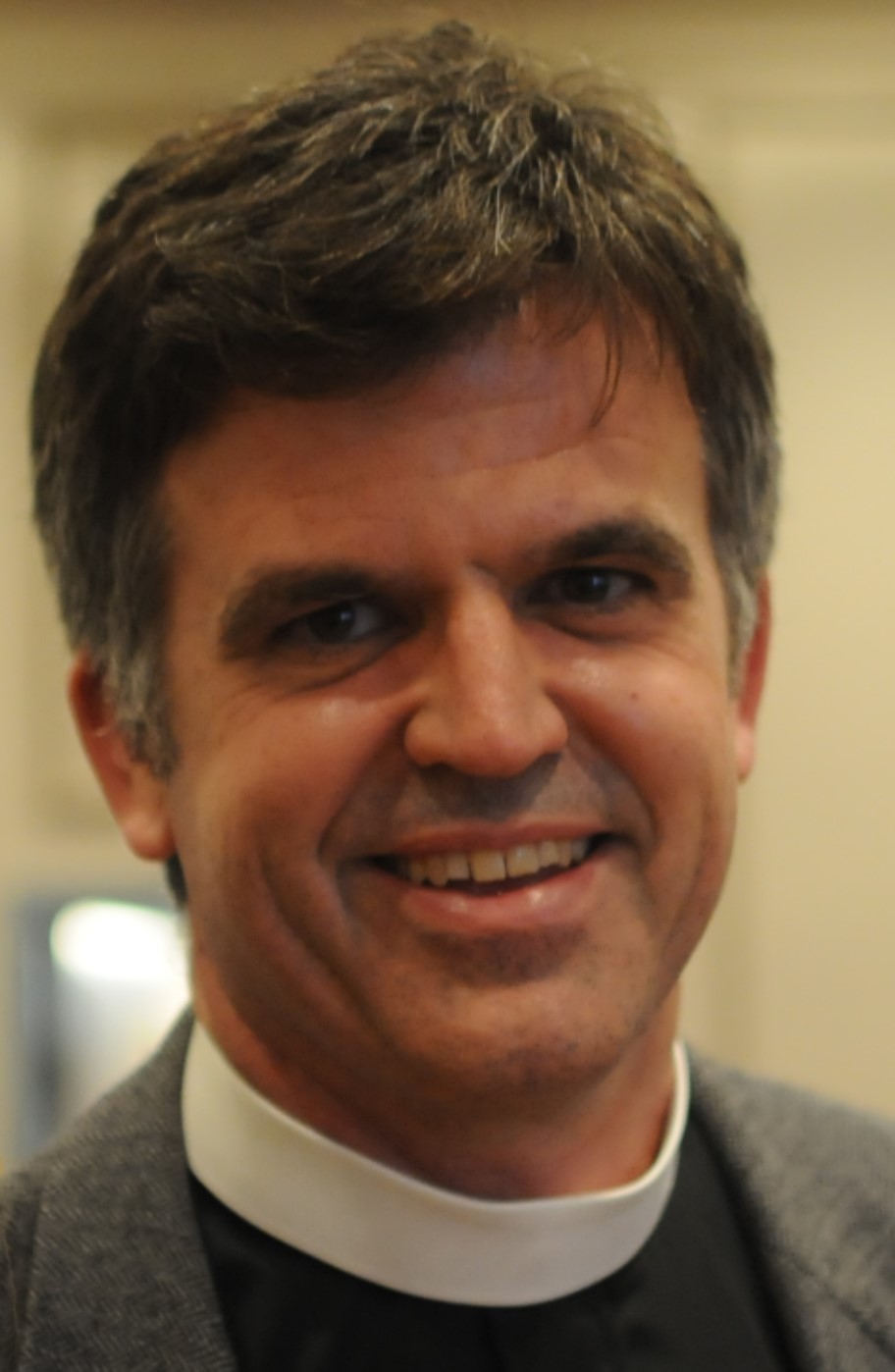God willing, my mother will turn 98 this year.
She was born in 1919, two years after the Battle of Vimy Ridge and in the year that the Treaty of Versailles was signed, formally ending the conflict that we know as the First World War. Although only five at the time, she remembers a great deal of crying in her family and in her congregation in 1925 when some members became part of the United Church of Canada and others remained Presbyterian. Her teens were spent in the hard years of the Great Depression of the 1930’s, the oldest of seven children in a family where her father was often unemployed and her mother was often ill. Out of necessity, she learned to use and reuse and recycle and stretch and those lessons and the stories attached to them were passed on to us even when they seemed unnecessary and even a bit quaint in the affluent and throw away decades of the 1950’s and 60’s. “You never know when you might be able to use that again.??? “Don’t ever waste your food, you never know where your next meal is coming from.??? “I’m sure there is still some wear in those socks if I just darn the heel.??? In the 1940’s, “the boys??? from her church young people’s group and from the wider community were those who were going overseas to fight in the next World War and she watched the newspaper along with others for the latest news and particularly if any of their own had been lost. The courage and sacrifice of those friends were seared deeply into her consciousness and never forgotten. It’s why we were never to take our freedoms and our good life for granted.
Of course I never experienced any of that. It all took place before I was born. And yet somehow I feel I am connected to these things, that they are a part of me, that they are present with me.
When we hear the last post and the lament and the reveille, when we watch as the page is solemnly turned in the book of remembrance, when we look at the list of those killed in battle a hundred years ago that is on our wall, when we watch the documentary about the battle cross of the 48th Highlanders and its journey from the museum here at St. Andrew’s back to the place where the names of the dead were carved on to it on those fields of incomprehensible violence and filth and slaughter, we are reminded that those events are not only things that happened in the past. They touch us even now, they are present. The legacy and the ramifications of the Great War and of the flawed peace are with us now. Our sacred space, our rituals, our relationship as church and regiment, our values, our language, our politics, our economy, our place in Canadian and global society have all been impacted by and continue to be impacted by those events of a century ago. And of course not only those events but all that has gone before us and shaped us into who we are sitting in this beautiful sanctuary today.
“Blessed are those who have not seen and yet have come to believe???. These words are placed on the lips of Jesus by the writer of the fourth gospel for an audience living close to a century after the events of the resurrection.
They follow the very captivating story of Thomas, one of Jesus’ disciples who throughout the fourth gospel plays the role of something of a spoiler. Often referred to as “doubting Thomas???, he is never quite with the picture, always has a question or a smart comment. You may know a few Thomases in your own life. In the story of the raising of Lazarus that we read a few weeks ago, he is quoted as saying, “Let us also go, that we may die with him??? in response to Jesus telling the disciples that they are going back to Judea where the people had recently tried to stone him. Later, in Jesus’ extended teaching on the night before his crucifixion, when he says that his disciples know that place where he is going, Thomas, maybe verbalizing what the others would not, says, “Lord, we do not know where you are going. How can we know the way????. Finally, in this passage that was read today, we hear Thomas, who was not with the other disciples when Jesus first appeared to them, famously say, “Unless I see the mark of the nails in his hands, and put my finger in the mark of the nails and my hand in his side, I will not believe.??? Thomas was definitely an “S??? in the indicators of the Myers-Briggs personality tests – a “Sensor??? – who needed information that was “in the present, tangible, and concrete???. Not just a hunch, or an intuition, or a rumour, he needed to take his finger and to put it in the nail holes and place his hand in the wound in Jesus’ side. Only then would he believe that the resurrection was real, that it was Jesus who was among them.
And Thomas gets his proof. Jesus appears in his risen and wounded reality. “Put your finger here and see my hands. Reach out your hand and put it in my side.??? No longer any reason to doubt. No clever repartee. Jesus was there and Thomas made his confession.
But the fourth gospel was not written for Thomas. It was written for the Thomases in the community of faith seeking to follow in the way decades after when history held that Jesus was crucified and risen from the dead. Those who had not been in that locked room, who had never seen Jesus, or Thomas, who had not been a part of this story. There was no physical presence. There were no nail holes or wounded side. There was just a story. A story about a person who had the same doubts and questions that they had. And the story of the power of life over death. And it was written for us, not decades but millennia later. With our doubts and questions. Sitting here in a church in Toronto in 2017.
“Blessed are those who have not seen and yet have come to believe???. We were not there in the time of the Romans when traitors to the Empire were tortured and nailed to wooden cross pieces and left to die and rot as a warning to anyone else who had similar thoughts. We were not there in the garden, or in the closed room, or on the road to Emmaus, or on a beach on the Sea of Galilee when one who had died was inexplicably alive and present with his friends again. We were not there when those who had been present left a written testimony to what they had experienced as their message continued to inspire and spread throughout the Empire. But we do have this story. And we do have the years of history that testify to its power, that death does not have the final victory but that life has the victory. That because in Jesus we have known God’s presence with us in even the darkest and most deadly of times and that God has brought us with Jesus, marked and wounded, into the fullness of life as a new day dawns, we need not be afraid and we can live our lives in hope and in faith and in love no matter what befalls us. Somehow, we are witnesses to things that we have never seen and we are part of a story that began before time. They are present with us.
This is the story that is at the heart of Christian faith. We are called to remember it and recite it every year at Easter and, in some way, on every Sunday, every resurrection day. This story shapes and informs our sacred space, our rituals, our understanding of the divine and the human, our values, our language, and our culture. Because of the profound impact of Christian faith in our country, this story also continues to shape and inform our politics, our economy, and our social organization. Of course it is joined by other powerful stories and traditions of faith and life in our multicultural, multiethnic, multireligious country. And of course it is muted and understated in our secular society where the Easter bunny seems to be the only symbol that is far enough removed from profundity of the story itself to serve as a symbol that all can abide. And of course it has been misused and has served as an agent of harm and abuse as if it were a weapon to be wielded against those we call our enemies.
And yet the power of this story as passed on by the gospel writers is the power of life and life in all its fullness. We are blessed by it even when we raise our doubts and questions. Without it we can quickly pass into cynicism or fatalism or hedonism – ism’s by which many of us are tempted and which dominate much of our world. They allow the power of death to gain its way again. They make us forget that we are sisters and brothers in one family, members of one body, each one made wonderfully in the image of God. They make us forget that we are servants of one another, that in order to be first we must be last and that in serving the least of those among us, caring for them and advocating for justice and mercy, that we are doing that for the one who is God with us. We forget that when we judge we are judged. When we scapegoat and diminish and dehumanize the other we simply bring more closely into focus our own faults and failings.
The presence of the wounded Jesus with his disciples transformed them to be witnesses to life and to seek to follow more closely in the way that he had taught them. We too are transformed as we once again meet the wounded Christ in our midst and remember all that we have heard even if we have not seen. We are witnesses to life and to love and to compassion in a world that too often seems to be ruled by the powers of death and of hatred and of greed. Like Thomas, and like all those who have gone before us, we can, by God’s grace, be witnesses to the power of the living Christ in our presence.
“Blessed are those who have not seen and yet have come to believe???. Thanks be to God. Amen.






